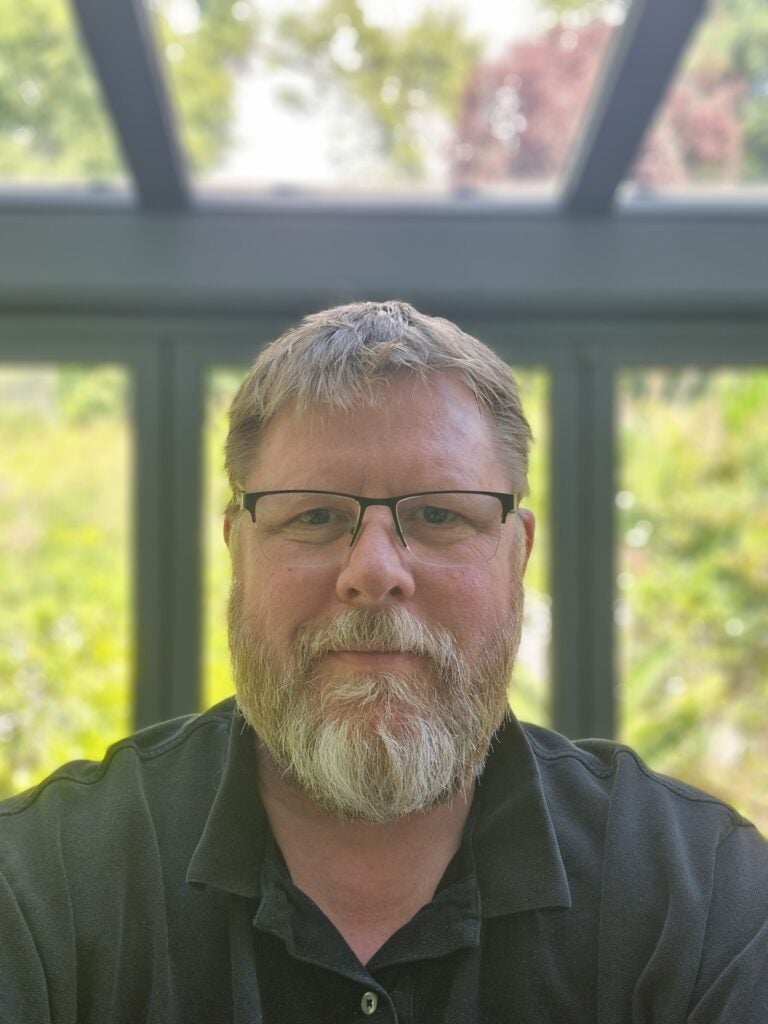
It’s Calum Sinclair’s job to help ensure patient safety. As the Vice President, Global Pharmacovigilance (PV) at PTC, Calum leads a global team who collect, assess, and monitor the use and safety of PTC’s medicines, from clinical to commercial setting.
It’s a highly important role that Calum candidly enjoys and has throughout his extensive career in pharmacovigilance at various global pharmaceutical companies. With a degree in Cell Biology and PhD in Human Genetics, Calum truly understands and appreciates science and it’s this ‘element of science’ that he says has led his 25-year career in this function.
Along with the benefit of “working with cross functional teams” the biggest satisfaction for Calum in the job is “being able to help rare disease patients with medicines that are going to change the course of their disease”.
In honor of Patient Safety Day, Calum was kind to answer a few questions about this important function at PTC.
Q: How do you ensure patient safety in pharmacovigilance?
Calum: There are various strategies that we use to ensure patients, healthcare providers and administrators are educated on how the treatment is supposed to be used. These include patient information leaflets in the pack, and for specific medicines preparation of educational materials about drug administration and pharmacy manuals about drug preparation. It is important to continue to monitor how treatments are used after approval. It allows us to understand the treatment in a broader population. We ensure that there are processes in place to record any and all potential feedback from patients and physicians on the treatment.
Q: Is pharmacovigilance different when you’re working in the rare disease space?
Calum: Yes, pharmacovigilance is different in rare diseases. If you’re treating a disease where you only have a small number of patients worldwide, it becomes harder to evaluate the risks, so a lot of efforts are in the post marketing domain. More information is collected through registries and real-world studies. These registries which can go on for 10, even 20 years, become really important for patient safety.
Q: What is the overall impact of pharmacovigilance?
Calum: Pharmacovigilance activities help enhance patient safety by making sure that patients receive the safest and most effective care possible.
Q: How does PTC pharmacovigilance stay ahead of emerging needs and innovations?
Calum: Pharmacovigilance is evolving as drug development companies continue to bring novel products to patients. Rare disease is a particularly innovative space and regulations around new and advanced therapies are evolving. At PTC, we continually adapt to keep up with regulations when it comes to monitoring the safety of therapies both in trials and in the real world. This can include changing processes in response to updated guidelines on risk management of advanced therapy medicinal products, implementing new technologies to detect and report adverse drug reactions.
Q: What is unique about PTC’s pharmacovigilance team and business function?
Calum: In pharmacovigilance, we do have a lot of regulations we need to meet but everyone is able to make an impact. People come in with bright new ideas and bring experiences that have been tried and tested before and they help improve things and contribute to continuous innovation in our business function.
We are also a global team and are exposed to cross cultural and cross functional collaboration every day which brings a great deal of diversity into our work and provides continuous learning experiences.
Thank you, Calum!